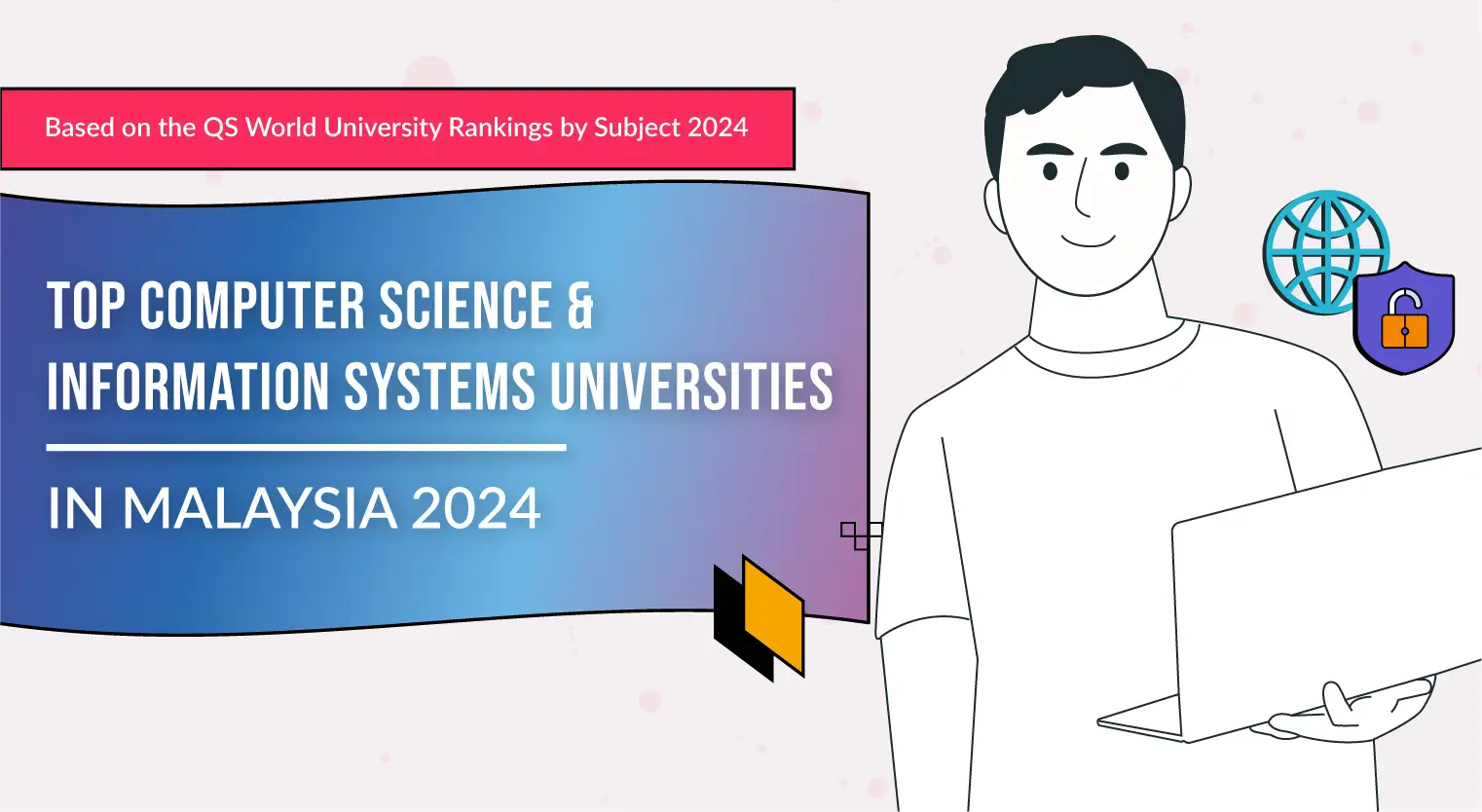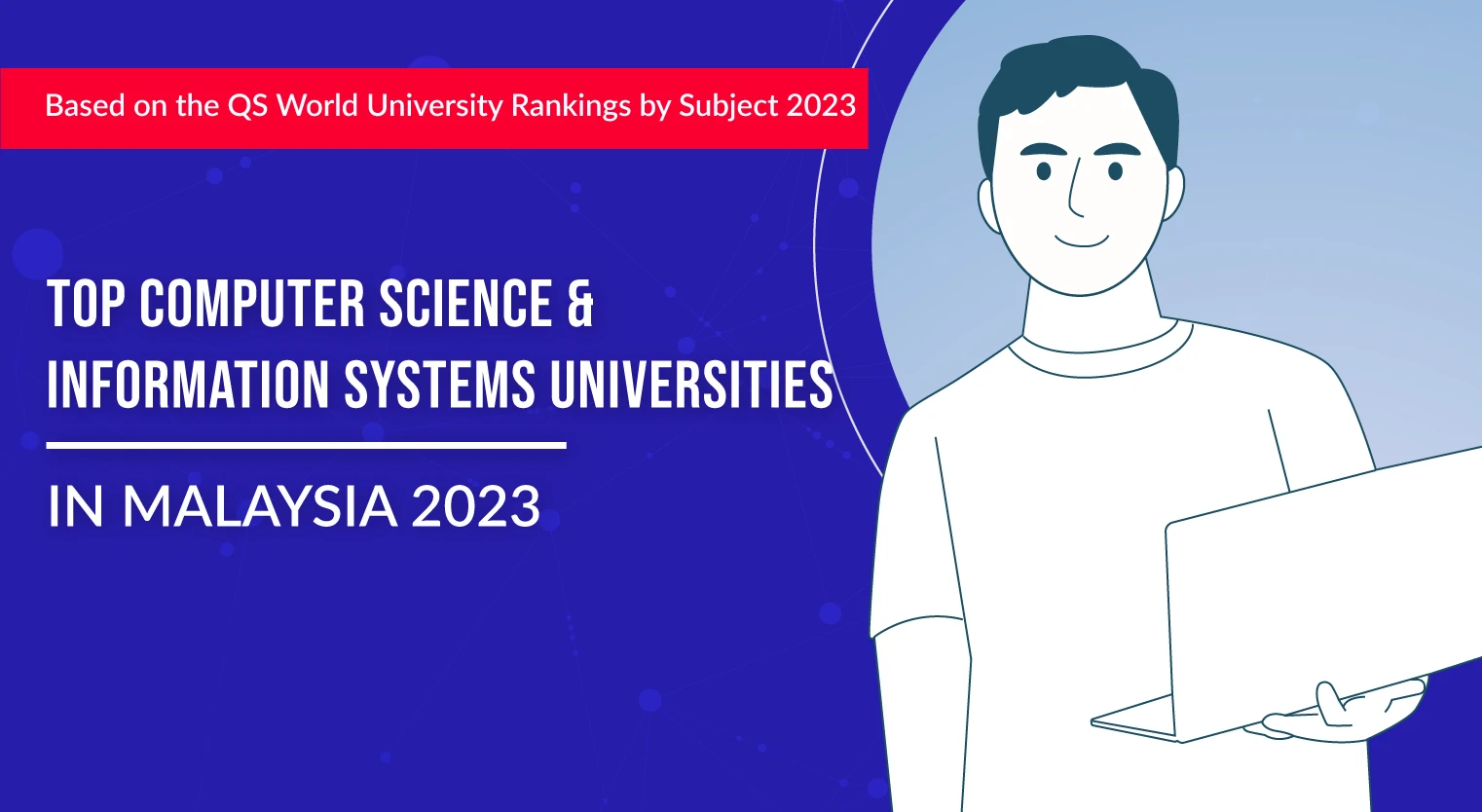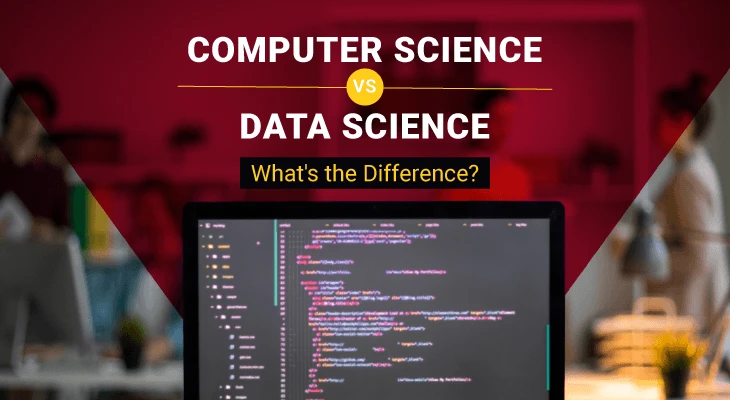5 Powerful Examples of Data Science Today
Data science is more pervasive than you imagine. Here are some real-world examples of how data science is being used today.
Updated 25 May 2022

We’ve heard of the term data science before but for many of us, it remains a distant tech concept that we don’t really interact with. Which isn’t entirely accurate.
Data science is actually more pervasive than you can imagine. We can see its application everywhere in our everyday lives. Here are some real-world examples of how data science is being used today.
#1. Netflix’s film recommendation system
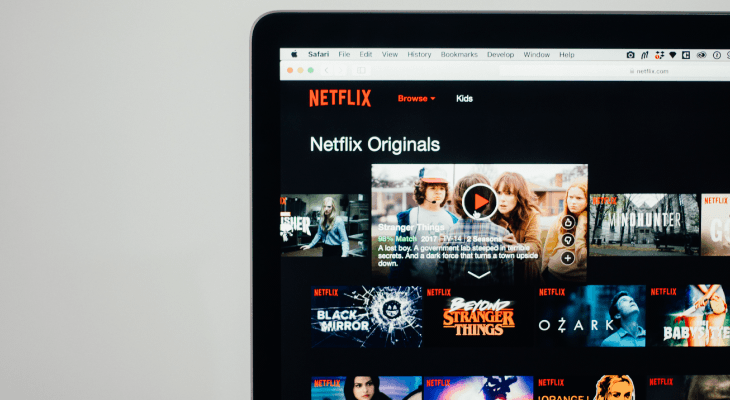
Ever wondered how brilliant Netflix is at predicting what you like and what you don’t? Well, there’s a science behind it. Specifically, data science.
Netflix’s personalised recommendation comes from your own activity — your viewing history, the genre and actors you frequently watch and how you rate titles. Netflix then recommends you with shows and movies you haven’t watched but is enjoyed by users similar to you.
To take it one step further, Netflix also employs what is referred to as the Aesthetic Visual Analysis or AVA. AVA analyses your viewing history to predict thumbnails you will likely click. For example, if you have been watching a lot of romantic dramas, Netflix will set the thumbnails for all its suggestions to showcase a romantic scene or couple, even if it’s only a small part of the film.
#2. Spotify’s Discover Weekly playlist
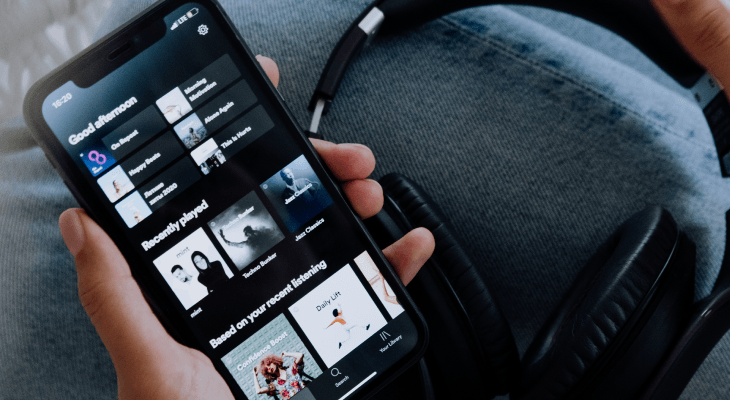
Every Monday, Spotify produces a Discover Weekly playlist personalised for each of its users. It’s a mixtape of 30 songs they have never heard before but will probably enjoy. But how does Spotify know enough about its users to make this recommendation? The answer is in data science.
The Spotify Discover Weekly playlist is created with the help of 3 different data models, which are collaborative filtering, natural language processing (NLP) and audio file analysis. Collaborative filtering is something we can see in Netflix’s model. What it essentially does is to look at your activities and the activities of others who share your likes and dislikes. It then picks something that others with your taste like and suggests it to you.
Spotify also scours through the web for data on how people describe certain music as part of natural language processing. Is the song angsty, or uplifting? Is it a tune for the summer? It then records common words and uses it to categorise each song into groups. Using this data, they find music that is described similarly to the music you’ve listening to and recommends it to you.
The audio file analysis model is a bit different than the two previous models in that it doesn’t rely on what others say. Instead, it analyses the audio file’s composition such as tempo, loudness, key and time signature. It then connects these files to the listeners who listen to music with the same characteristics. This is particularly helpful for discovering new and obscure songs.
#3. Facebook’s targeted ads

While it is primarily known as the social media company, Facebook’s main source of revenue is advertisements. It sells spaces for companies and brands to advertise their products and services. But how does it know who to target specific ads to?
As a social media company, Facebook has access to a lot of data and it uses this data to categorise its users into specific groups — the pages you like, the news you interact with. They then put you in specific groups based on all this information, such as ‘Star Wars fan’, ‘cat owner’ or ‘working mother’.
Advertisers can then use this information to send relevant ads your way. Those who want to promote cat food can target cat owners and those who want to promote a concert can target fans of the artist.
If there is one industry that has flourished thanks to the advent of data science, it has to be the marketing and advertising industry. None embodies the effectiveness of data science in advertising than Facebook’s practice of targeted advertising.
Apply for university with EduAdvisor
Secure scholarships and more when you apply to any of our 100+ partner universities.
Start now#4. Grab’s algorithm to match drivers to riders
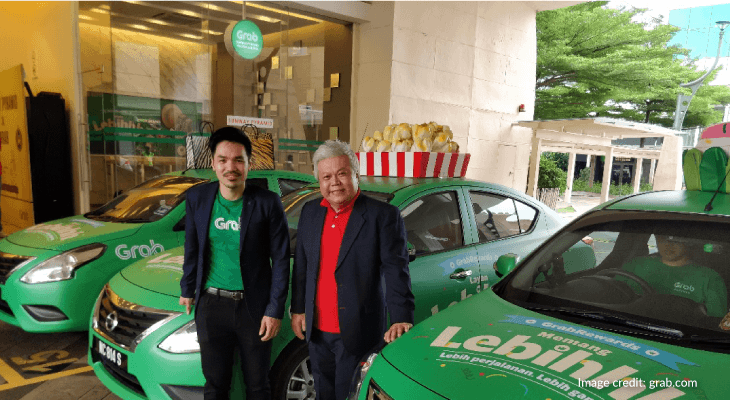
From the moment you sign in to the app, you are feeding Grab data in the form of your location, travel history and spending pattern. To make sense of this data, the company hires data professionals which are divided into 5 teams focusing on 5 areas — machine learning, markets, optimisation, simulation and architecture.
Grab records each user’s activity and stores it in data form. Each team then uses this data to run simulations, form hypotheses and improve and optimise Grab’s services. For example, the markets team studies the market. It finds that drivers in Jakarta prefer to stay within a certain area when accepting bookings. To increase likelihood of successful bookings, Grab matches these drivers to bookings close to their home base area.
Grab has been the leading e-hailing app in the region ever since Uber ceased operations. To ensure that the company stays abreast of the latest trends and competition, it continues to utilise data science to uncover new patterns and insights into their consumer base.

#5. Liverpool Football Club’s scoring strategy
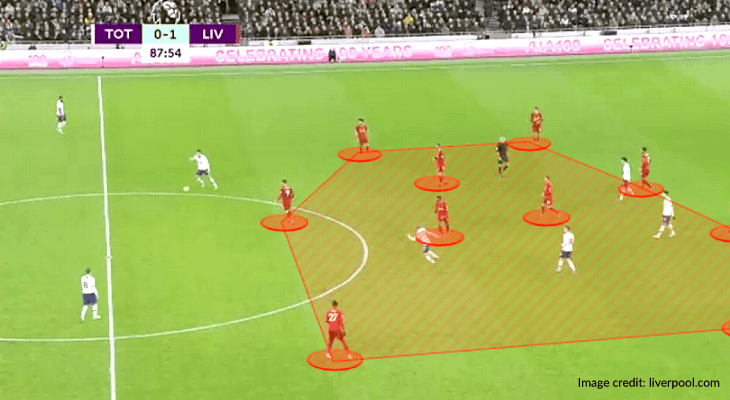
It may come as a surprise to some but most professional sports teams now have their own data science department. Their job is to collect data on the players and the game in order to find the winning strategy. No team better visualises this practice than the Liverpool Football Club.
The team uses data science to maximise the probability of scoring a goal. One example of this is the use of data to identify pitch control. Essentially, the analysts find the ideal amount of area a player can cover on the field, which include areas on the field they can reach faster than their opponents. The manager then uses this information to create an ideal formation that allows the team to cover a large area of pitch, thus the name.
It’s a complicated process but it seems to be working well for the team. Liverpool’s trust in data science — thanks in large part to the fact that most in the top management were either analysts themselves or have a history of embracing data-driven insights — are the reason behind their recent success.
Companies and brands are actively turning to data science to optimise their business and for good reasons. Data-driven insights has proven to be very reliable in driving profits and maximising business potential.
As consumer behaviour continues to be recorded in data form, the demand for data professionals who can build data models and extract profitable insights increases. It looks like data science is not going anywhere anytime soon.



